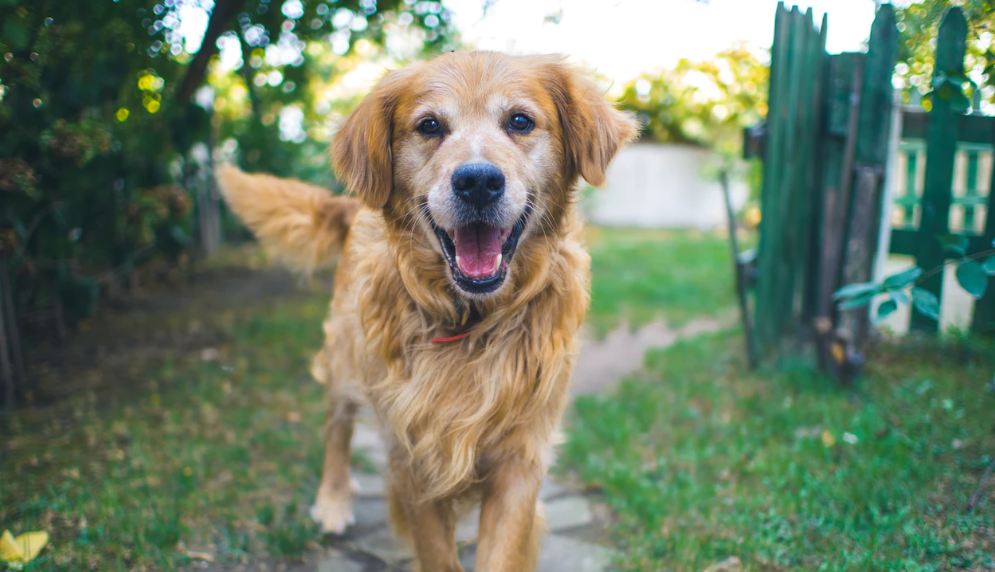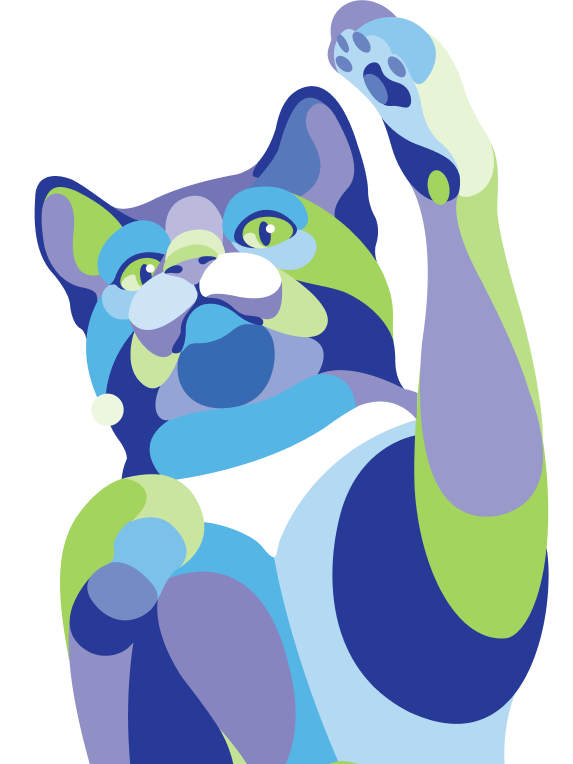By Solid Gold and Warrior Canine Connection
Have you recently welcomed a new four-legged family member into your home? Whether it’s a brand-new puppy or a rescue, teaching your dog his name will be one of the first things you’ll want to work on! Believe it or not, a dog’s name is a command. It tells the dog to make eye contact with the handler, helps redirect him from distractions, and communicates that you need his attention. We’ve teamed up with Warrior Canine Connection for tips on how to teach name response and how to teach a new name if your furry friend is new-to-you.
Here's How You Can Get Started at Home
Establish Motivation
Most dogs are food motivated! Grab some Solid Gold kibble for treats to reward hard work. When he does what you want him to do – makes eye contact – mark the behavior by saying “yes!” in a high-pitched, happy tone and give a treat. This "yes!” marker lets him know his behavior is correct.

Teach Basics, Mark and Reward
Ultimately, when you say your dog’s name you want him to pay attention to you. To begin teaching this command, you’ll want to wait until your dog looks away. When he is not focused on you, say his name in a clear, crisp voice. Mark “yes!” and reward with a piece of kibble when he makes eye contact.
Of course, all dogs learn at different speeds. If he does not make eye contact with you quickly, try to get his attention in another subtle way such as moving your body slightly, making another noise, or gently tapping him. As soon as he turns towards you using this method, make sure to mark with a “yes!” and reward with a treat.
Tip: Try not to say the name in a praise, sing-song voice. You want his name to stand out and be easily identifiable from other words.
Keep it Short
Keep the training session short so your dog feels successful, and you do too! After repeating the name response command successfully a few times, it is important to stop while you’re ahead. This will ensure the dog is excited to train again later. Training sessions with puppies should be kept even shorter. Just like young children, they have very short attention spans!
Tip: During the training session, try to use as few words as possible when talking to your dog so his name does not blend into the “conversation”. You’ll want him to easily recognize his name for success. And remember, if you find yourself getting frustrated it’s ok to take a break!
Keep it Positive
Remember—a dog’s name is a command. By saying his name, you are communicating that you want his attention. Avoid using his name in a negative context, such as punishment when he does something undesirable. You want him to maintain a positive association when his name is said so he will listen. Similarly, avoid saying his name too much or when unnecessary; this will lead to “name fatigue” and your dog will learn to tune it out.
Training sessions should ALWAYS be fun. End the session with something the dog enjoys such as cuddles, play, or a short walk.
Teaching a New Name
If you’ve recently adopted a dog, he may have already had a name. Some dog owners prefer to keep the original name while others choose to change it. If you choose to change it, you CAN teach and old dog new tricks!
Start by associating the old name with the new name. You’ll want to follow the steps above with a slight change. Say the new name first, followed by the old name. When he makes eye contact be sure to mark with a “yes!” and reward with a piece of kibble. Gradually fade out the old name as he gets better with his response. You’ll have him responding to his new name in no time!
Warrior Canine Connection is a pioneering organization that enlists Service Members and Veterans with combat stress in the critical mission of training service dogs for fellow wounded Warriors. Solid Gold is proud to be the exclusive food provider for WCC since 2014.
More About Warrior Canine Connection
Warrior Canine Connection enlists recovering Warriors in a therapeutic mission of learning to train service dogs for their fellow Veterans.
Unlike most service dog programs, WCC’s unique Mission Based Trauma Recovery model allows not just one wounded Veteran to benefit from the placement of a service dog, but many, many more who receive therapeutic benefit from participating in the dog training program.
Don't forget to follow Warrior Canine Connection on social media!











